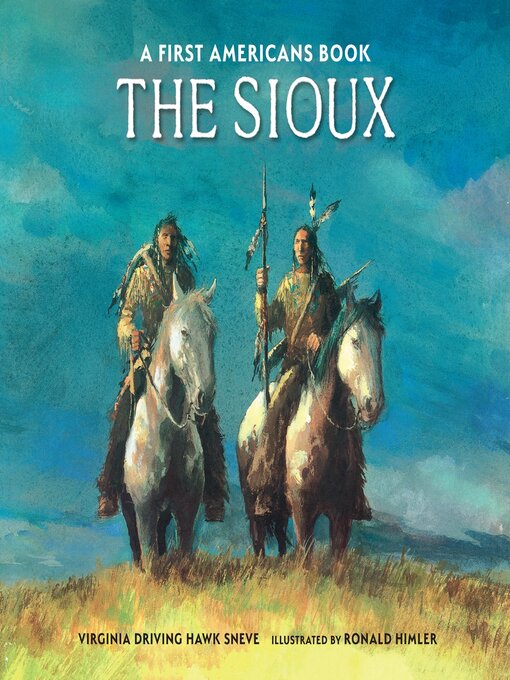In this new and updated edition, award-winning author Virginia Driving Hawk Sneve introduces young readers to the Sioux peoples.
The buffalo was the center of Sioux life. After hunting buffalo on horseback, the Sioux people would use every piece of the animal, making food, beds, clothing, storage boxes, and even sleds from the ribs! Discover how the Sioux people lived on the Great Plains with this accessible introduction. Learn about the Sioux creation story, life in the village as a kid, the importance of their feathered headdresses, and more.
This updated edition provides the most up to date and accurate information on the Sioux people of past and present. The back of the book includes a section on Sioux life today, proper names for all of the Sioux tribes, and an excerpt from the Lakota pipe ceremony.
Author Virginia Driving Hawk Sneve grew up on the Rosebud Sioux Reservation and for over 40 years has brought the richness of Native American culture and heritage to thousands of children for over 40 years as teacher and children's book author. Her First Americans books introduce young readers to the many diverse and unique Native American nations that first called this land home.
- Just Added eBooks
- New York Times Notable Books of 2021
- Rainbow Reads - Fiction
- Rainbow Reads - Nonfiction
- Always Available
- Black Voices
- In the Garden
- Available Now - No Hold List!
- Get Hooked!: Series Starters
- Anti-Racism and Social Justice
- Lifestyles of the Rich and the Famous
- Smart People Read Dummies® Books!
- All Titles
- See all ebooks collections
- No Wait Audiobooks!
- Just Added Audiobooks
- Black Voices
- Get Hooked!: Series Starters
- Now Available From Recorded Books!
- Anti-Racism and Social Justice
- The Outlander Series: Now On Audio!
- Listen to the Stars!
- Available now
- New audiobook additions
- All Titles
- New teen additions
- Most popular
- See all audiobooks collections
- Popular Magazines
- Cooking & Food
- Home & Garden
- Fashion
- News & Politics
- Celebrity
- Sports
- Business & Finance
- Science
- Kids & Teens
- Tech & Gaming
- Cars & Motorcycles
- Family & Parenting
- See all magazines collections




